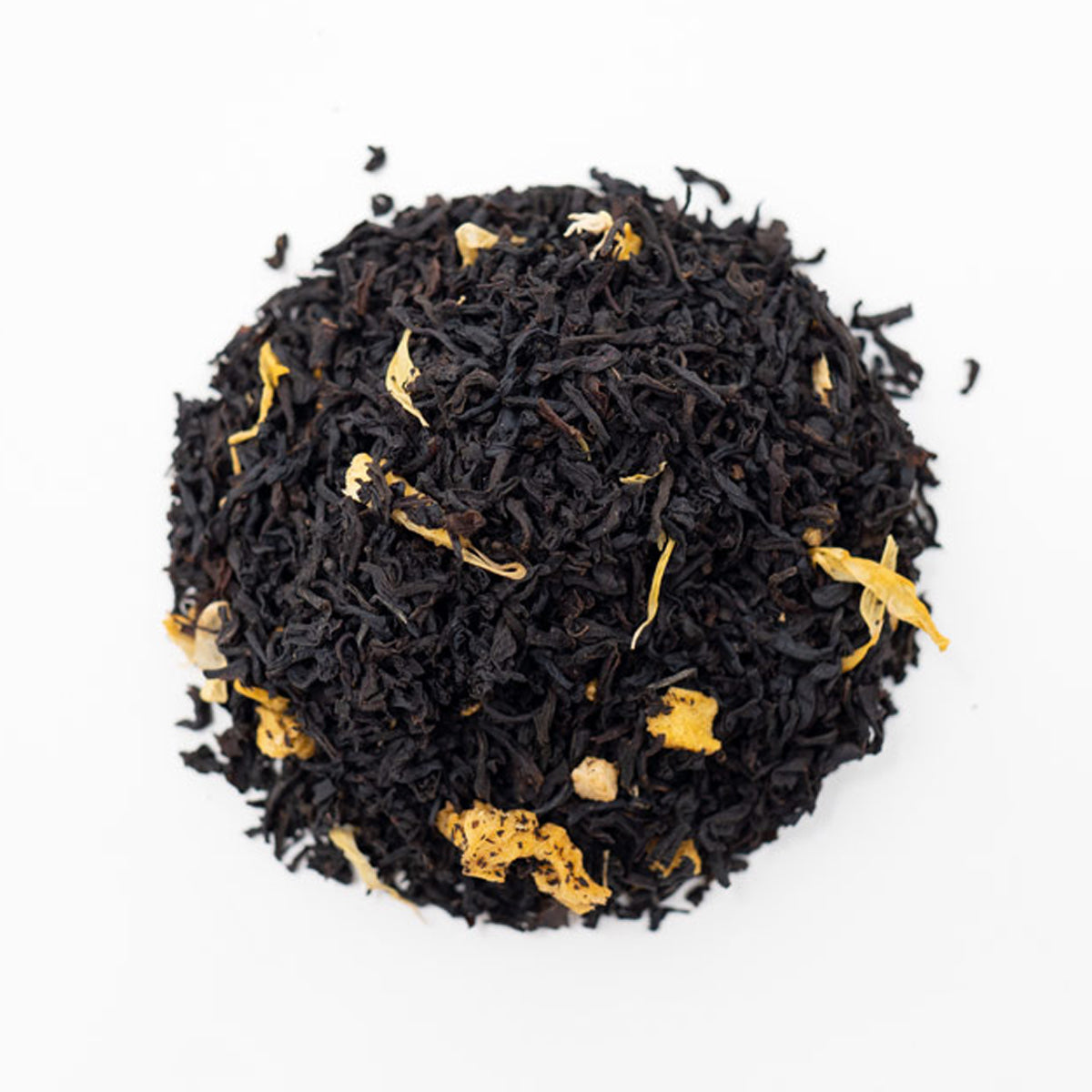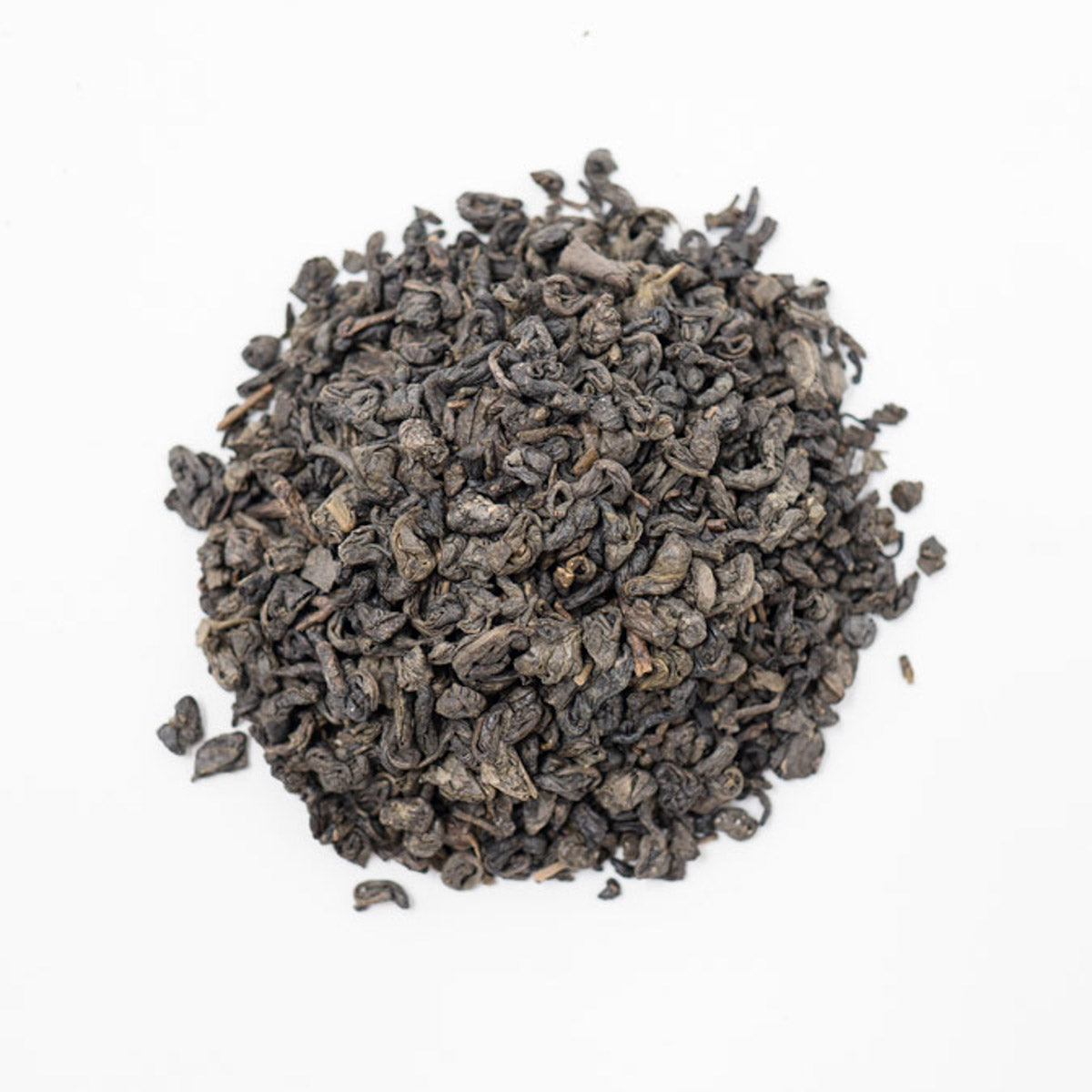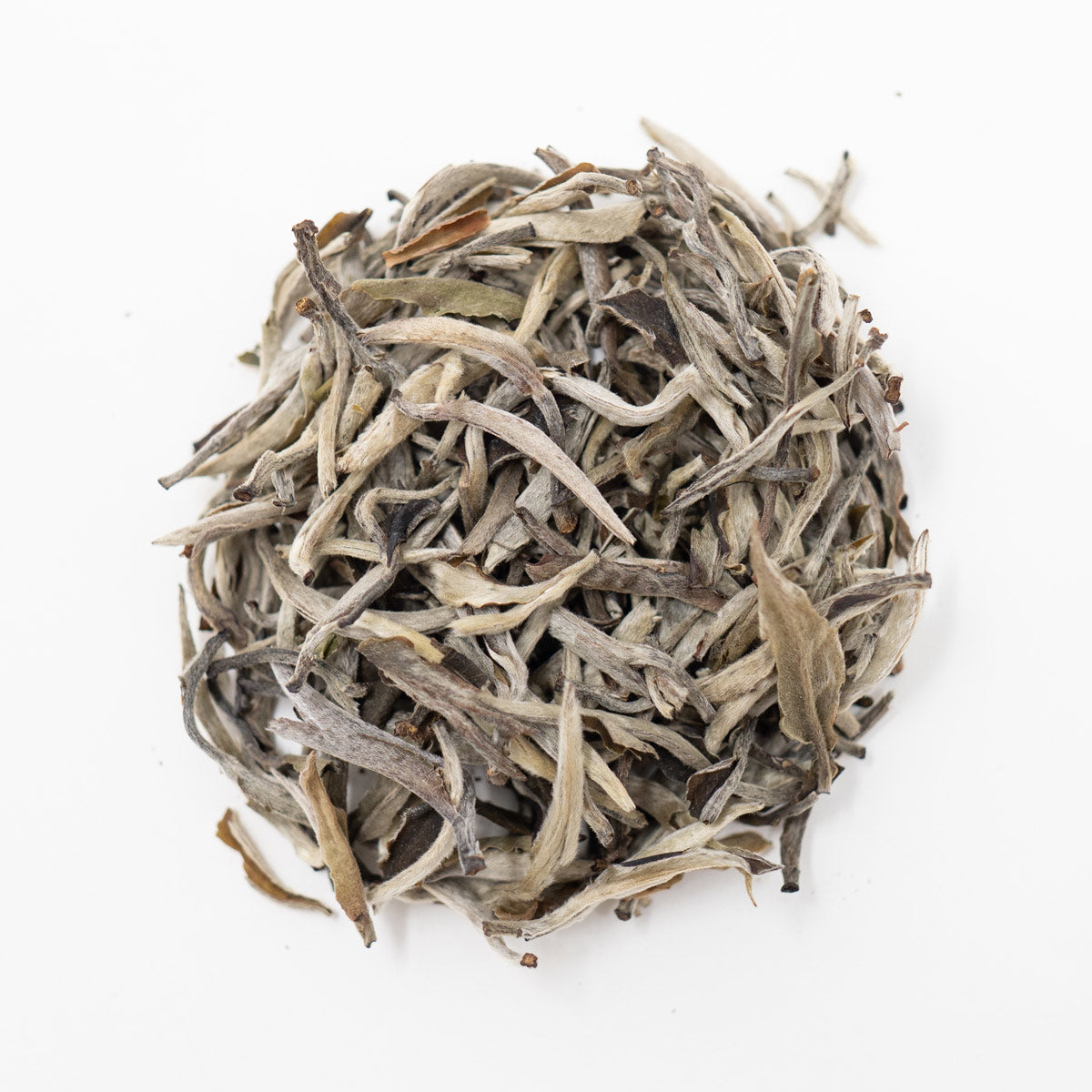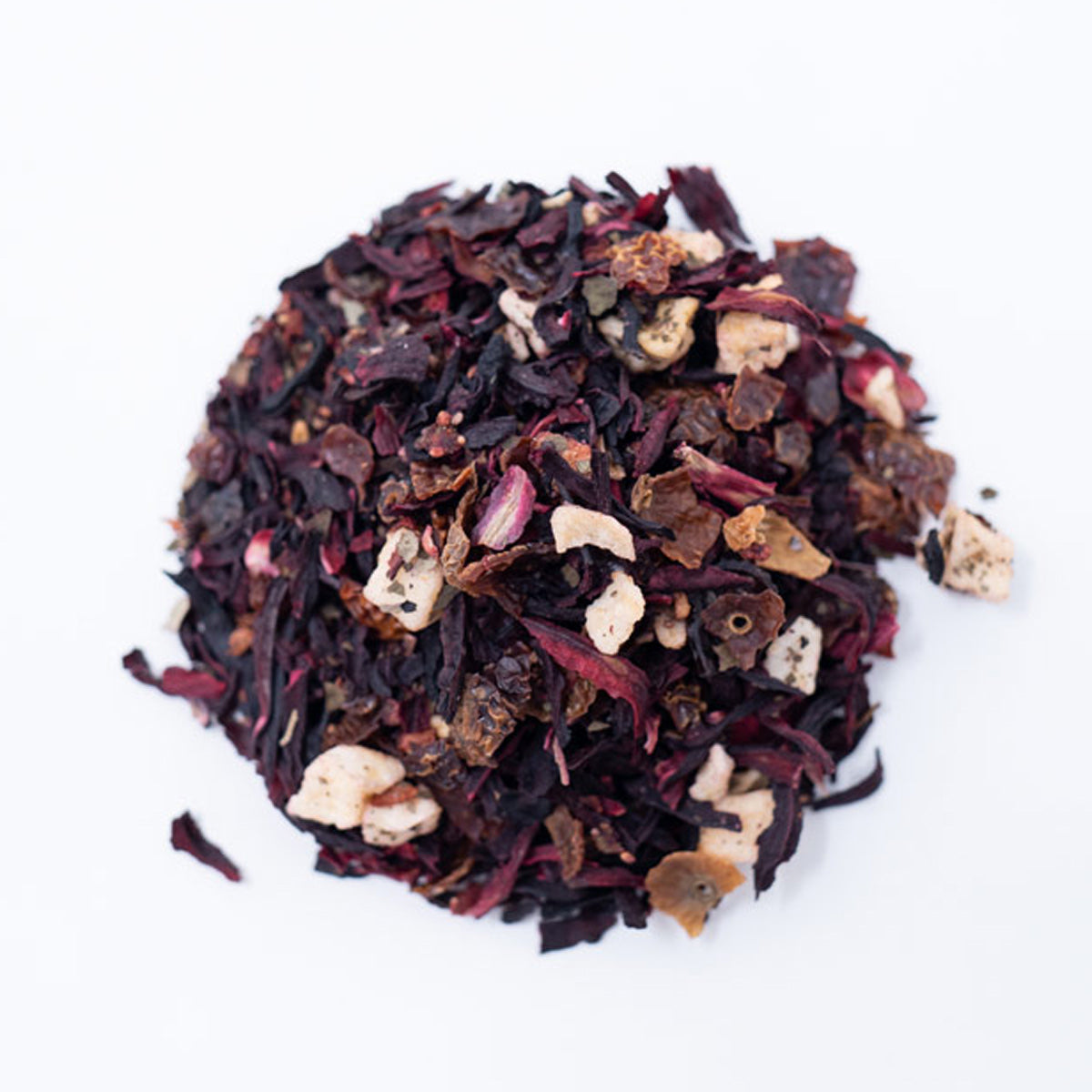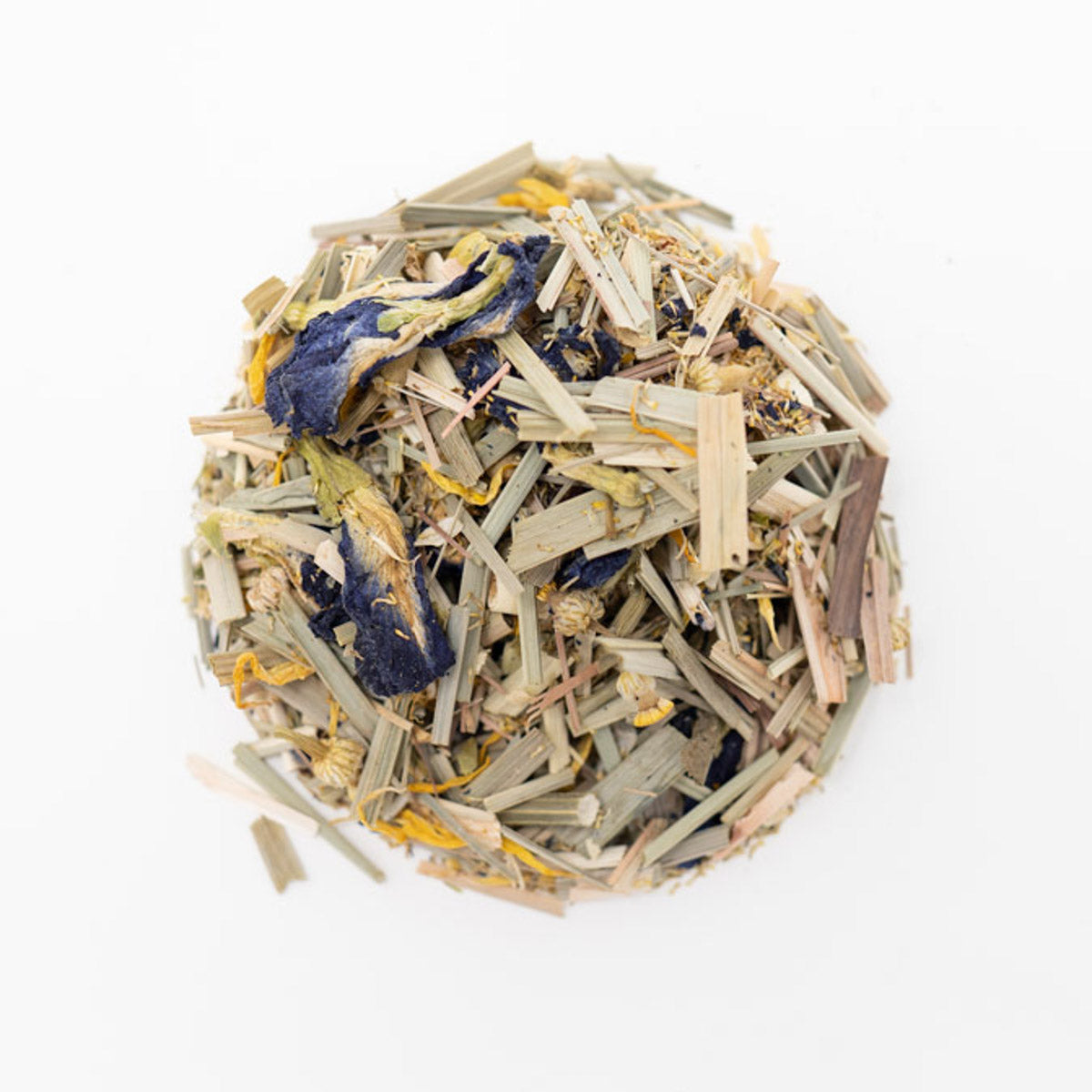Chai Tea 101 | Origin & Evolution
Chai, with its delicious mixture of spices, is one of tea’s most popular blends and can likely be found at any tea or coffee shop. Native to India, chai has varied recipes depending on the region, climate, and cultural preference. Strong spices, such as cinnamon and cardamom, are often combined with the addition of milk and sugar to offset the spicy flavor. Although the flavors are reminiscent of the fall and winter seasons, the versatility it brings as a hot or iced beverage allows it to be enjoyed all year long. This sweet, milky tea that we have grown to love has evolved over the years and is actually quite different from the original Indian chai recipe.
The word “chai” is the Hindi word for “tea,” which is derived from “cha,” the Chinese word for tea. Chai can also be referred to as “masala chai” or “spiced chai” since “chai tea” translates to “tea tea.” The term for chai is a mixture of spices or “masala” steeped into a hot tea beverage. The beginning of chai dates back more than 5,000 years ago in the Assam region of India. Legend says an Indian king combined a medley of warm spices and turned them into a drink for medicinal purposes. This new concoction was created to be used in "Ayurveda," which was a health practice that specialized in the use of spices and herbs. Common chai ingredients, such as cloves and ginger, were thought to promote digestion and relieve pain, among other benefits. Chai increased in popularity, and the medicinal blend spread across different parts of India, with each region adding its own interpretation to the recipe.
Chai, in its original form, was not technically a tea as it did not contain tea leaves from the Camellia sinensis plant. The Camellia sinensis plant is what makes up black, green, and white tea. Black tea leaves, milk, and sugar became a popular addition in the mid-1800s when Camellia sinensis plants were discovered in India and harvested by the British. The British ruled India at the time and preferred their tea (specifically black tea) with milk and sugar. The two black teas most often found in chai are Assam and Darjeeling, both of which are native to India. In the years since chai has expanded across numerous countries and continents. Now you can find chai recipes using various tea types, including green tea (Japan), yerba mate (South America), and red rooibos (South Africa).
One of the most exciting aspects of chai is the versatility in the flavor it brings. With just a simple adjustment of ingredients, a cup of chai can become more spicy, sweet, or even savory. The caffeine content of chai also coincides with the type and amount of Camellia sinensis used for the base, with black tea having the most caffeine. As mentioned briefly before, chai has a plethora of health benefits. It is rich in antioxidants that can guard the body against free-radical damage, improves digestion, and balances hormone levels. The array of spices used have healing traits that fight against nausea and boosts the immune system (ginger) and balances blood sugar (cinnamon). Cloves, the spice with the highest level of antioxidants, have antiviral and antibacterial properties and are being studied for cancer treatments. All of these powerhouse spices combined work synergistically to promote a healthier body. You could say that a chai blend is like the Avengers of tea!
